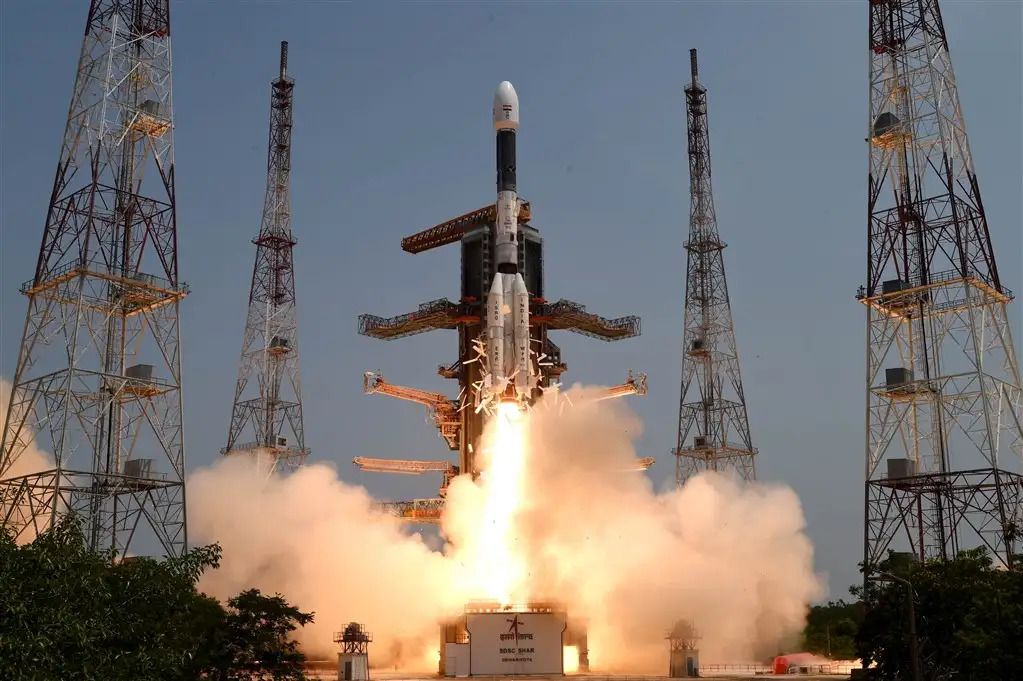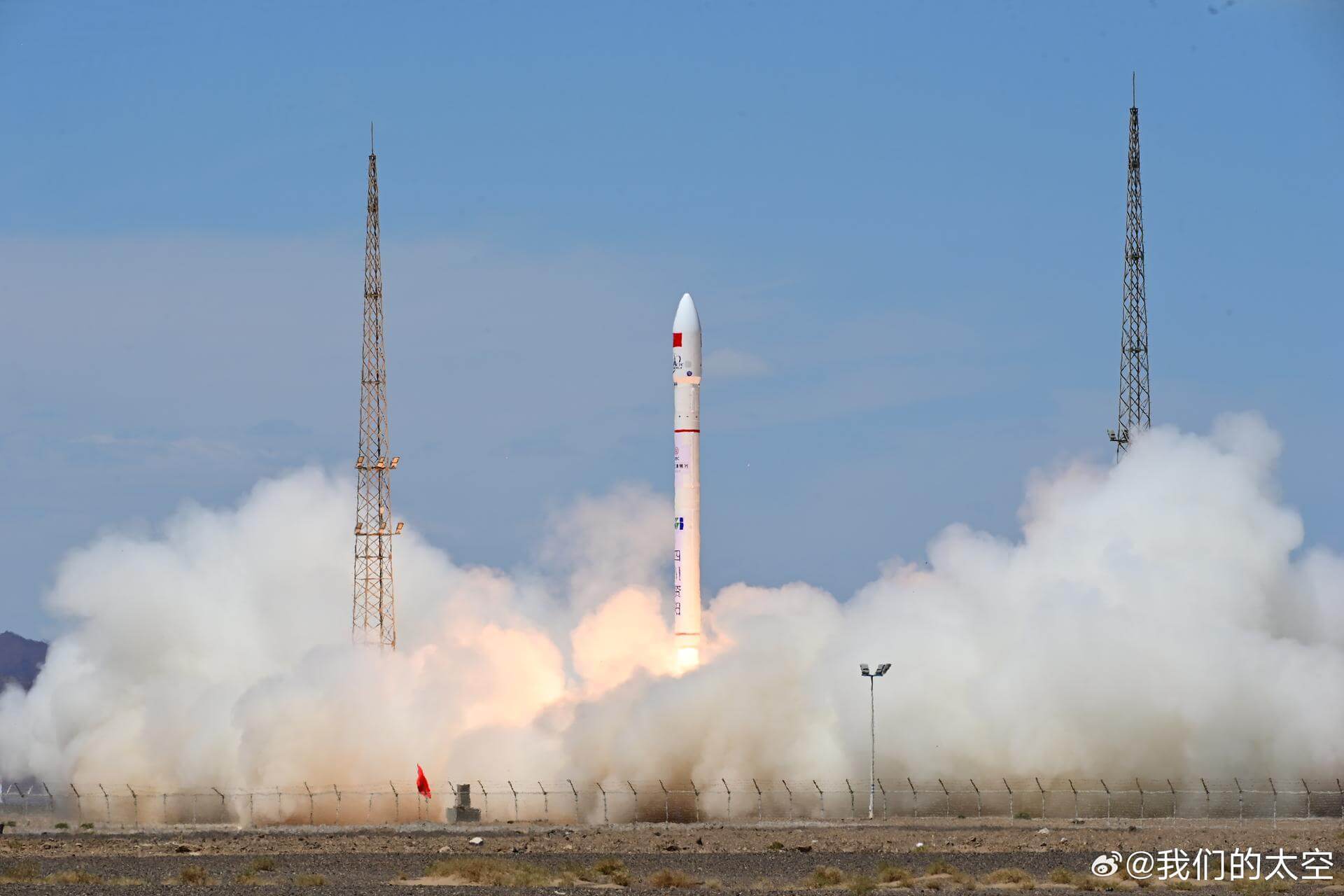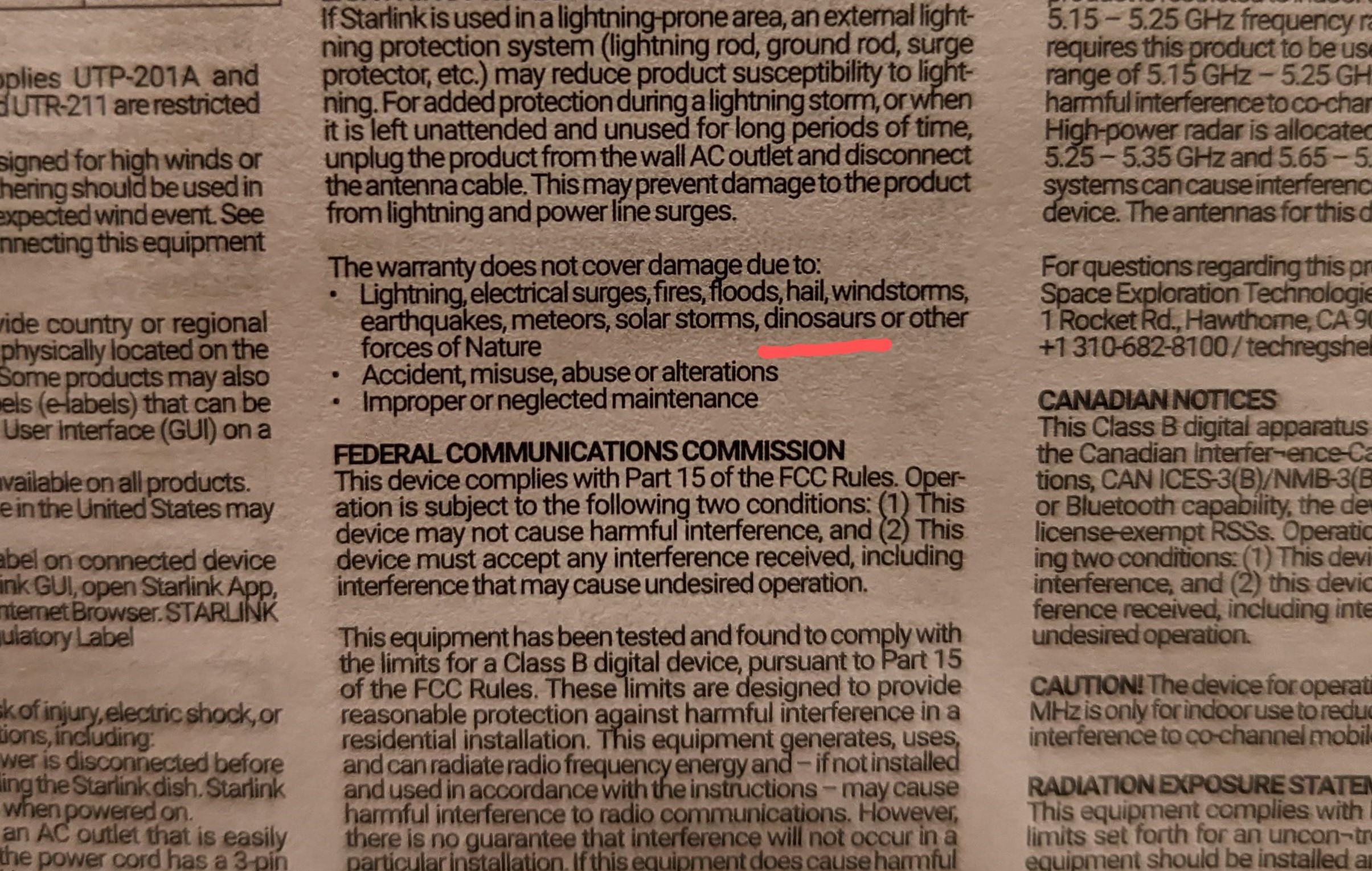· space brief · 5 min read
Space Brief 11 Jan 2025
Today's brief covers SpaceX's NROL-153 launch, US Space Force activities in Greenland, Starlink's record-breaking flight, and a OneWeb satellite glitch. Plus, our Satellite Spotlight shines on Duchifat-1.

📄Top Stories
Today’s top stories highlight SpaceX’s successful launch of the NROL-153 mission, adding to the U.S. spy satellite network, and the US Space Force’s strategic endeavors in Greenland. Additionally, SpaceX’s Falcon 9 set a record with its 25th Starlink mission, and a curious software glitch involving a leap year stranded a OneWeb satellite temporarily.
📰Detailed Coverage
SpaceX Expands U.S. Spy Satellite Network
SpaceX’s latest mission successfully launched the NROL-153 satellite, marking a critical addition to the United States’ National Reconnaissance Office (NRO) fleet. This launch is part of the NRO’s recent strategy shift towards smaller, distributed satellite constellations, enhancing surveillance capabilities. It underscores the growing collaboration between commercial players like SpaceX and government agencies for national security objectives.
With the deployment of NROL-153, the emphasis on proliferated architecture enhances the NRO’s capacity to maintain a more resilient and adaptable satellite infrastructure. This development is crucial for satellite tracking enthusiasts as it provides a glimpse into the future dynamics of satellite deployments and potential tracking challenges. Learn more about this mission’s impact on satellite tracking via our web app.
Read the full story: SpaceNews
Strategic Space Force Operations in Greenland
The United States Space Force has operations underway in Greenland, leveraging the geographically strategic location to bolster national security. This northern setup plays a vital role in monitoring potential threats and ensuring a robust defense posture. It is part of broader efforts to maintain a technological and strategic edge in space operations.
Space Force’s Greenland base provides critical data that supports real-time decision-making across various theaters. This location complements a network designed to withstand adversarial challenges, critical for maintaining uninterrupted satellite operations and communications.
Read the full story: Space.com
Starlink’s 25th Launch Sets New Milestone
SpaceX has achieved a significant milestone with the 25th consecutive launch of its Starlink satellites using a Falcon 9 rocket. The launch, which carried 21 satellites, showcases the reliability and reusability of the Falcon 9’s first stage, marking a new record in the rocket’s launch history. This mission highlights the continued expansion of the Starlink constellation, striving towards global satellite internet coverage.
The success of this mission not only emphasizes SpaceX’s technical accomplishments but also extends the reach of high-speed internet even further. For those in the satellite tracking community, this milestone signifies the robust capabilities of satellite launches in rapid succession without compromising reliability.
Read the full story: Space.com
Leap Year Error Grounds OneWeb Satellite Briefly
A software mishap tied to the leap year caused an unexpected outage of a OneWeb satellite, disrupting its operations for two days. The incident, which involved calculations around February 29, 2024, temporarily incapacitated the satellite. Engineers managed to rectify the issue, restoring function without persistent impacts to their network.
This event underscores the complexities of satellite software management, highlighting how seemingly small errors can lead to significant operational challenges. It serves as a case study in the importance of detail-oriented software design for spacecraft.
Read the full story: Space.com
🛰️Satellite Spotlight
- Satellite Name: Duchifat-1
- NORAD ID: 40021
- Launch Date: 2014-06-19
- Mission: Duchifat-1 is part of a high school educational initiative from Israel, aiming to involve students in practical space missions and satellite operations.
- Orbit: Inclination 98.0995°, Period 94.8 minutes, Eccentricity near zero.
- Operator: HSCIL
- Fun Fact: Duchifat-1 is one of the first CubeSats developed in Israel, providing a platform for students to engage directly with space technology.
Current TLE Data:
1 40021U 14033M 25010.23510935 .00021272 00000-0 10154-2 0 99991
2 40021 98.0995 12.5792 0012451 110.6008 249.6561 15.19020627575423Track this satellite in real-time on our web app: Track Duchifat-1
🚀 Upcoming Space Launches
January 12
- Blue Origin New Glenn:
- Maiden Flight from Cape Canaveral (06:00 UTC) Maiden flight of the New Glenn launch vehicle, carrying the prototype Blue Ring payload tug and a payload hoisting platform. This launch marks New Glenn’s first National Security Space Launch certification flight.
January 13
-
China Rocket Co. Ltd. Smart Dragon 3:
- Unknown Payload from Sea Launch (02:51 UTC)
-
SpaceX Falcon 9:
- Starlink Group 12-4 from Cape Canaveral (14:59 UTC) A batch of satellites for the Starlink mega-constellation - SpaceX’s project for space-based Internet communication system.
-
SpaceX Starship:
- Flight 7 from SpaceX Starbase, TX, USA (22:00 UTC) Seventh test flight of the two-stage Starship launch vehicle.
January 14
- SpaceX Falcon 9:
- Transporter 12 (Dedicated SSO Rideshare) from Vandenberg SFB, CA, USA (18:49 UTC) Dedicated rideshare flight to a sun-synchronous orbit with dozens of small microsatellites and nanosatellites for commercial and government customers.
January 15
- SpaceX Falcon 9:
- Blue Ghost Lunar Lander Mission 1 & Hakuto-R M2 “Resilience” from Kennedy Space Center (06:06 UTC) Blue Ghost is a commercial lunar lander developed for NASA’s CLPS program. Resilience will carry a small rover for lunar surface studies, with the rover also collecting lunar regolith for NASA.
January 18
- SpaceX Falcon 9:
- Starlink Group 11-8 from Vandenberg SFB, CA, USA (03:18 UTC) A batch of satellites for the Starlink mega-constellation - SpaceX’s project for space-based Internet communication system.
January 29
- SpaceX Falcon 9:
- SpainSat NG I from Cape Canaveral (04:00 UTC) This satellite, built by Airbus, will provide secure communications for the Spanish government and its allies.
January 31
- Rocket Lab Electron:
- Kinéis 16-20 from Rocket Lab Launch Complex 1, Mahia Peninsula, New Zealand (00:00 UTC) Fourth batch of five satellites for the Kinéis IoT constellation, enhancing global nanosatellite connectivity.
Note: Launch dates and times are subject to change due to technical or weather considerations.

Maurice Stellarski





